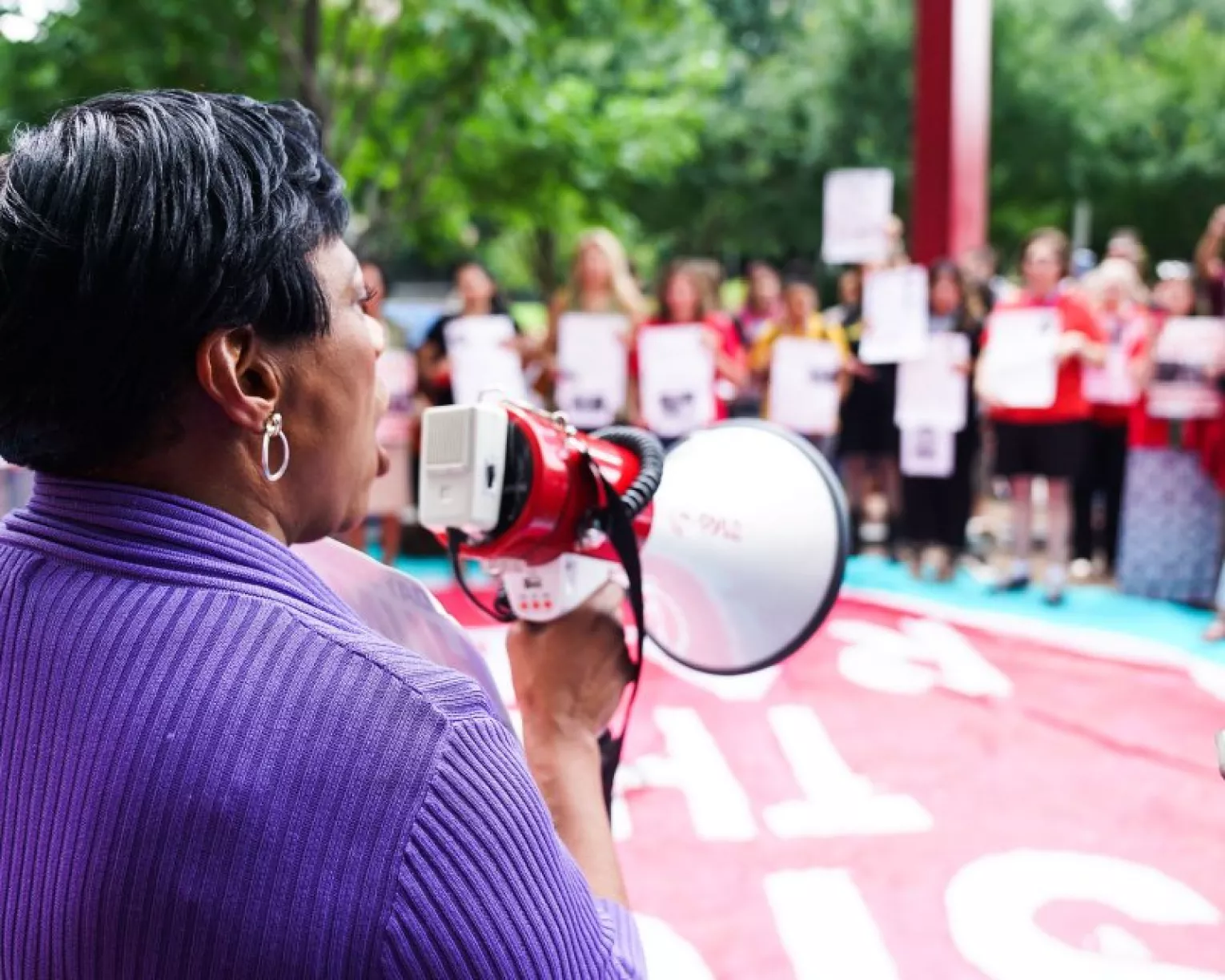While there are 21 historically black colleges and universities (HBCUs), 25 tribal colleges, and 53 non-HBCU and non-tribal institutions under the ‘land grant university’ banner, these sets of schools were launched under different federal funding systems and requirements. This brief explores the differences between HBCUs and those universities that are neither HBCUs nor tribal colleges (referred to here as ‘non-HBCUs’).
Formed in 1862, the non-HBCU land grant institutions were originally granted land by the federal government; institutions could sell the land to raise funds to endow the institution, or use it to expand their current infrastructure/campus. In contrast, when HBCU funding started in 1890, these institutions were provided cash for their establishment instead of land, although they were granted the same legal, land grant status as the non-HBCU land grant colleges. Resulting from their land grant status, both HBCU and non-HBCU land grant universities include in their mission a commitment to offering educational programs in practical fields such as agriculture, science, and engineering.
Over the years, more than two dozen pieces of federal legislation have been passed regarding the funding of land grant institutions. Many of these acts provide federal funding to eligible institutions, and some require states to provide matching funds. Currently, four major acts work together to provide funds to support research in agriculture and food production to the 1862 non-HBCU land grants and the 1890 HBCU land grants: the Hatch Act and Smith-Lever Act for non-HBCUs, and the Evans-Allen Act and the National Agriculture Research, Extension and Teaching Policy Act (NARETPA) for HBCUs.
Use Your Educator Voice.
